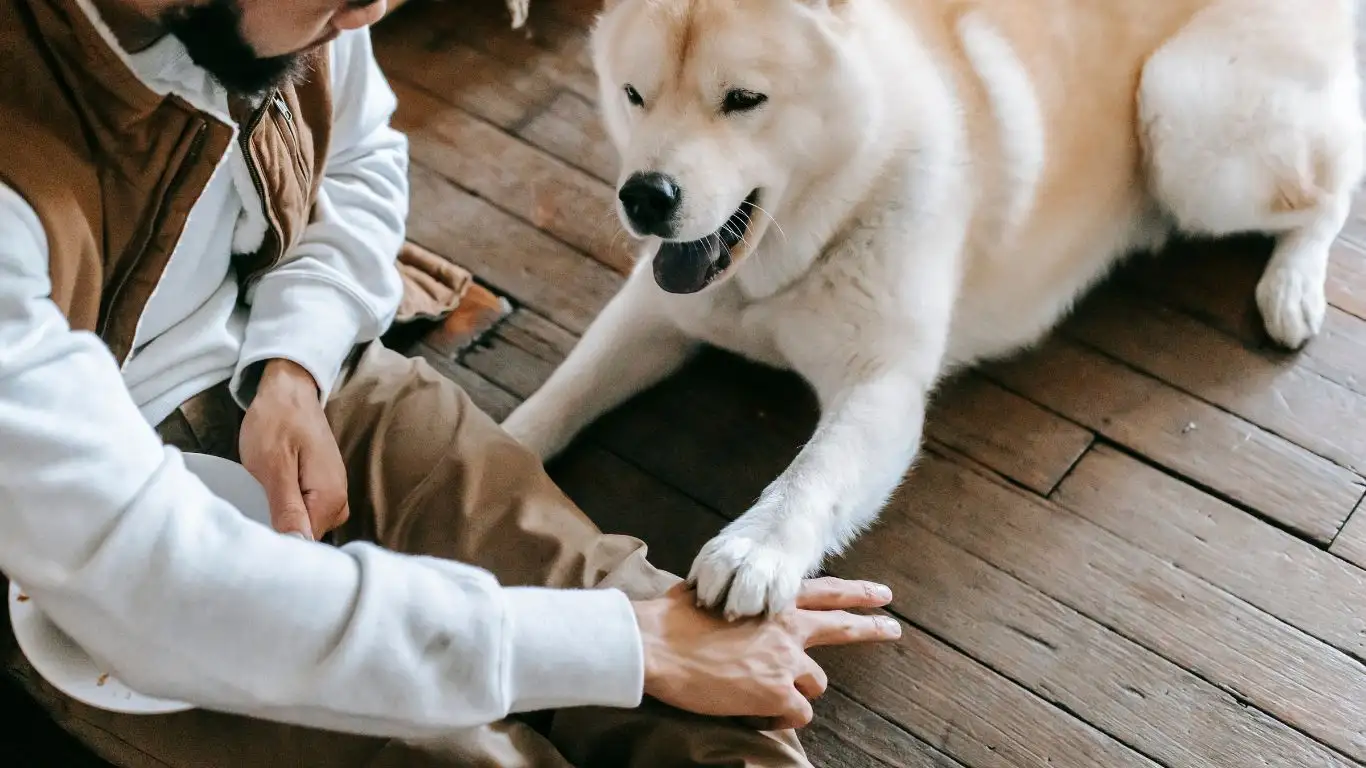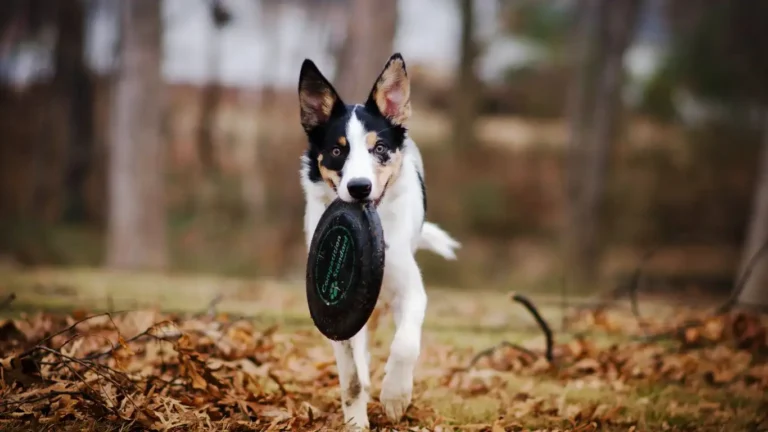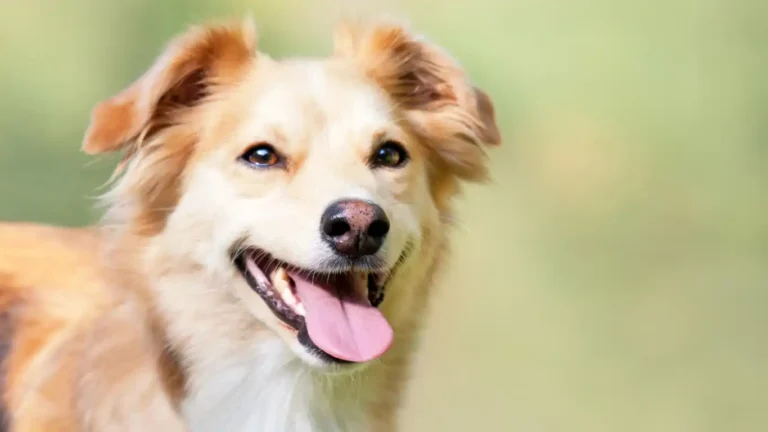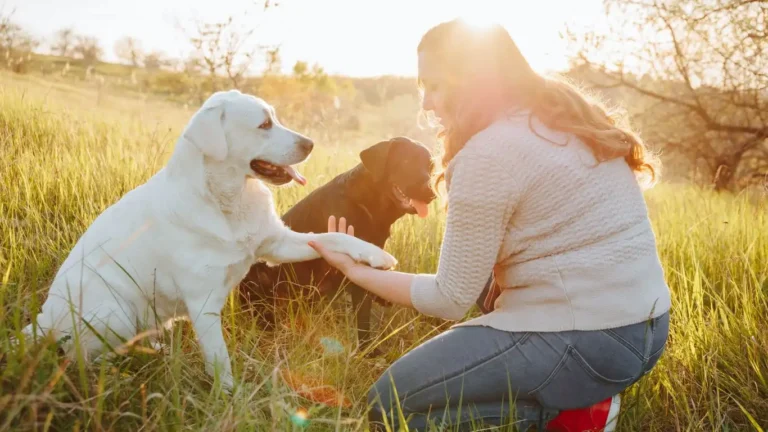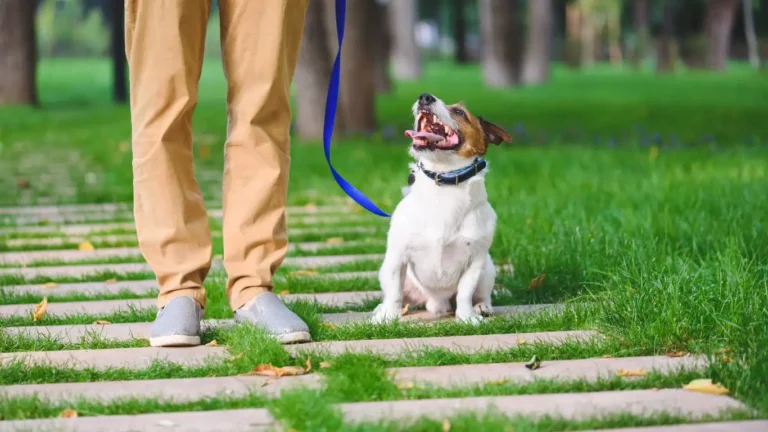Master the Release Command: A Step-by-Step Guide to Train Your Dog Effectively
Training a dog to recognize a release command is a vital step in creating a well-mannered and responsive companion. As a Canine-Assisted Therapy Trainer, I’ve seen firsthand how an effective release command can help dogs manage their behavior, stay calm, and know when it’s time to stop a specific action. Whether you’re training a therapy dog, a service dog, or just your family pet, teaching a release command is an essential skill for a well-behaved pup. But it’s not just about getting your dog to follow orders—it’s about establishing trust, consistency, and a strong connection with your furry friend. Let’s dive into how you can train your dog to recognize a release command with simple, easy-to-follow steps.
What is a Release Command and Why is it Important?
The release command is a cue that signals to your dog that they are free to stop performing a specific task or behavior. It’s like giving your dog permission to relax or move on to the next activity. For example, if your dog is holding a toy, waiting for a treat, or staying in one place, the release command tells them that it’s okay to let go, move, or shift their attention. It’s not just about giving them the “green light” to stop, but also about setting boundaries, ensuring safety, and creating a strong sense of structure in your dog’s daily routine.
One of the reasons the release command is so important is that it helps your dog learn self-control. By understanding when a task or behavior has been completed, they’ll be less likely to anticipate what happens next and will learn to focus and wait patiently. Whether you’re training your dog for therapy work, obedience, or just for better home behavior, the release command is an essential part of the training process.
Setting Up for Success: Creating a Positive Training Environment
Before you start training your dog to recognize a release command, it’s important to create the right environment. Dogs are incredibly sensitive to their surroundings, so a calm, quiet space is crucial for minimizing distractions. Ideally, choose a place that’s free of other pets, loud noises, or anything that might pull your dog’s attention away from the task at hand. You want your dog to be able to focus entirely on you and the training exercises.
Next, gather the tools you’ll need for training: treats (high-value rewards like small bits of chicken or cheese), a leash, and possibly a clicker if you prefer using clicker training techniques. These items will help you keep your dog motivated and engaged throughout the process. And remember, patience is key! It may take a few training sessions before your dog fully grasps the concept of the release command, so be consistent, stay calm, and keep the atmosphere positive.
Step 1: Start with Basic Commands
Before introducing the release command, make sure your dog is familiar with basic commands such as “sit,” “stay,” and “wait.” These commands will lay the foundation for the release command. If your dog already has a solid understanding of these commands, you’ll find it much easier to introduce the idea of being released from a specific action or behavior. If your dog is new to training, take some time to establish these fundamental skills before moving on.
Once your dog is comfortable with basic commands, you can start the process of incorporating the release command. Keep in mind that dogs thrive on routine, so consistency in how you use these commands is essential. Make sure to practice regularly, ideally in short, positive training sessions so your dog doesn’t become overwhelmed.
Teaching the Release Command: A Step-by-Step Guide
Now, let’s get to the fun part—teaching your dog the release command! This method is simple, effective, and based on positive reinforcement, so both you and your dog will enjoy the process. Here’s how to do it:
Step 2: Begin with a “Sit” or “Stay”
The release command works best when paired with another command, like “sit” or “stay.” Start by asking your dog to sit or stay in a calm and controlled environment. Use whichever basic command your dog is most comfortable with. When your dog is in position, praise them and give them a few moments to settle in.
Step 3: Introduce the Release Command
After your dog is successfully in position, introduce the release command. You can use any word or phrase you prefer, such as “release,” “free,” “okay,” or “break.” Whatever word you choose, make sure it’s distinct and easy to say. The key here is consistency—use the same word every time, and your dog will quickly learn to associate it with the end of the behavior.
To do this, say your chosen release command in a calm, clear voice. As soon as you say it, take a small step back and allow your dog to move. You can add in some excitement or encouragement once your dog is released to keep the energy positive and fun!
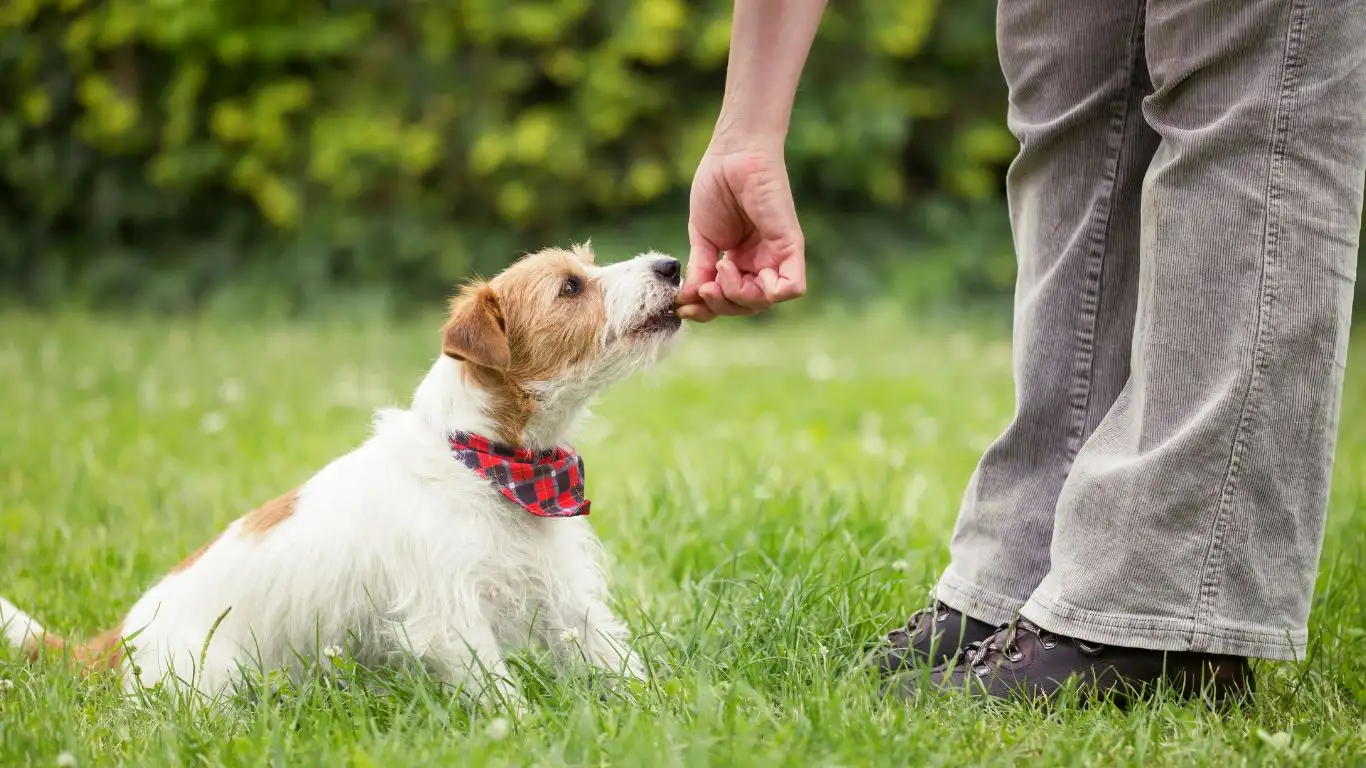
Step 4: Reinforce with Praise and Treats
When your dog responds correctly, immediately praise them with words like “Good job!” or “Yes!” and reward them with a treat. Positive reinforcement is crucial for reinforcing the behavior you want. Make sure the reward comes right after the release command so your dog knows exactly what they’re being rewarded for.
Repeat this process several times during each session. Start with short intervals, gradually increasing the duration of the “sit” or “stay” as your dog gets more comfortable. Keep training sessions brief (about 5-10 minutes) to avoid overwhelming your dog.
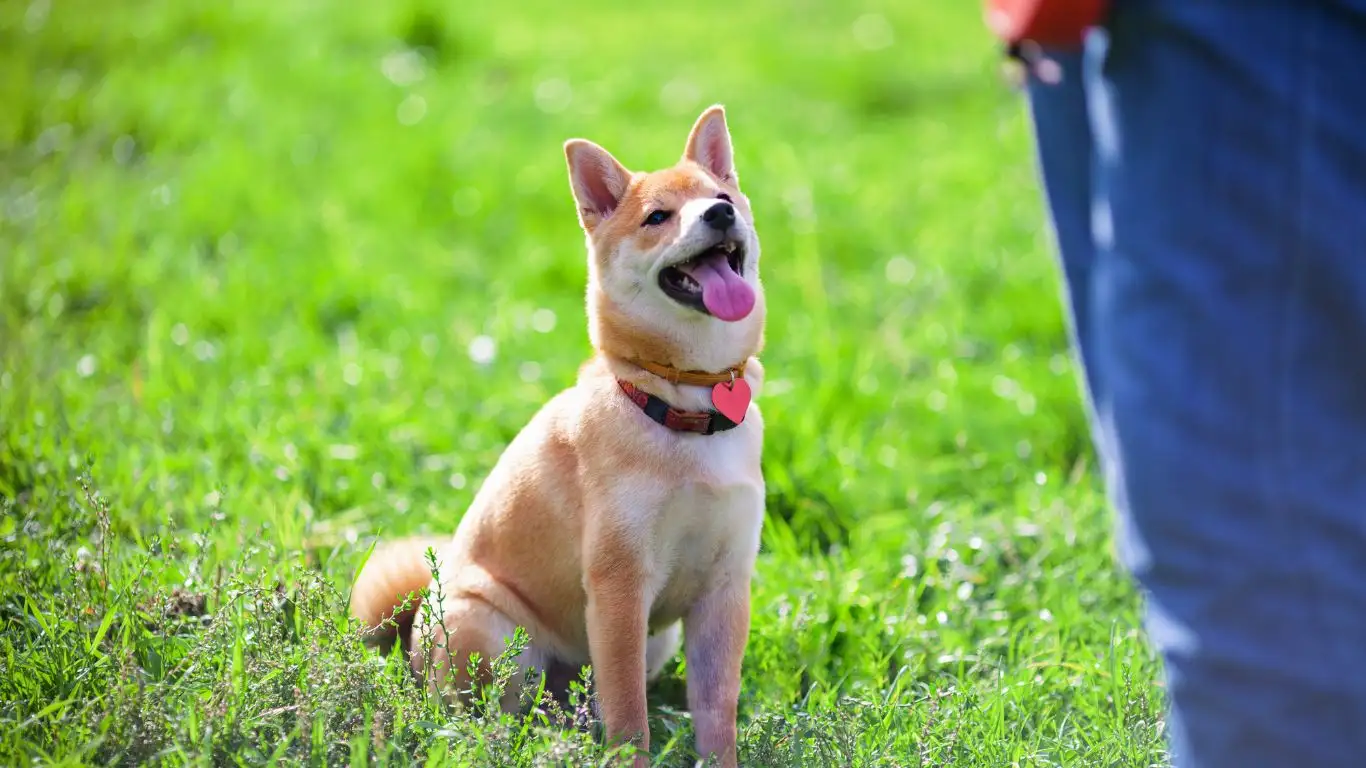
Common Challenges and How to Overcome Them
As with any type of training, you might encounter some challenges along the way. Here are a few common issues and how to tackle them:
- Dog is too excited: If your dog is overly excited and can’t focus, take a step back and try shorter, calmer training sessions. Start with basic commands and build from there.
- Dog doesn’t respond to the release command: Ensure your dog understands the association between the release command and the end of the behavior. Be patient and consistent—sometimes it takes time.
- Dog breaks the command too early: If your dog jumps out of position before you give the release command, use the leash to gently guide them back into place. Repetition and clear expectations are key!
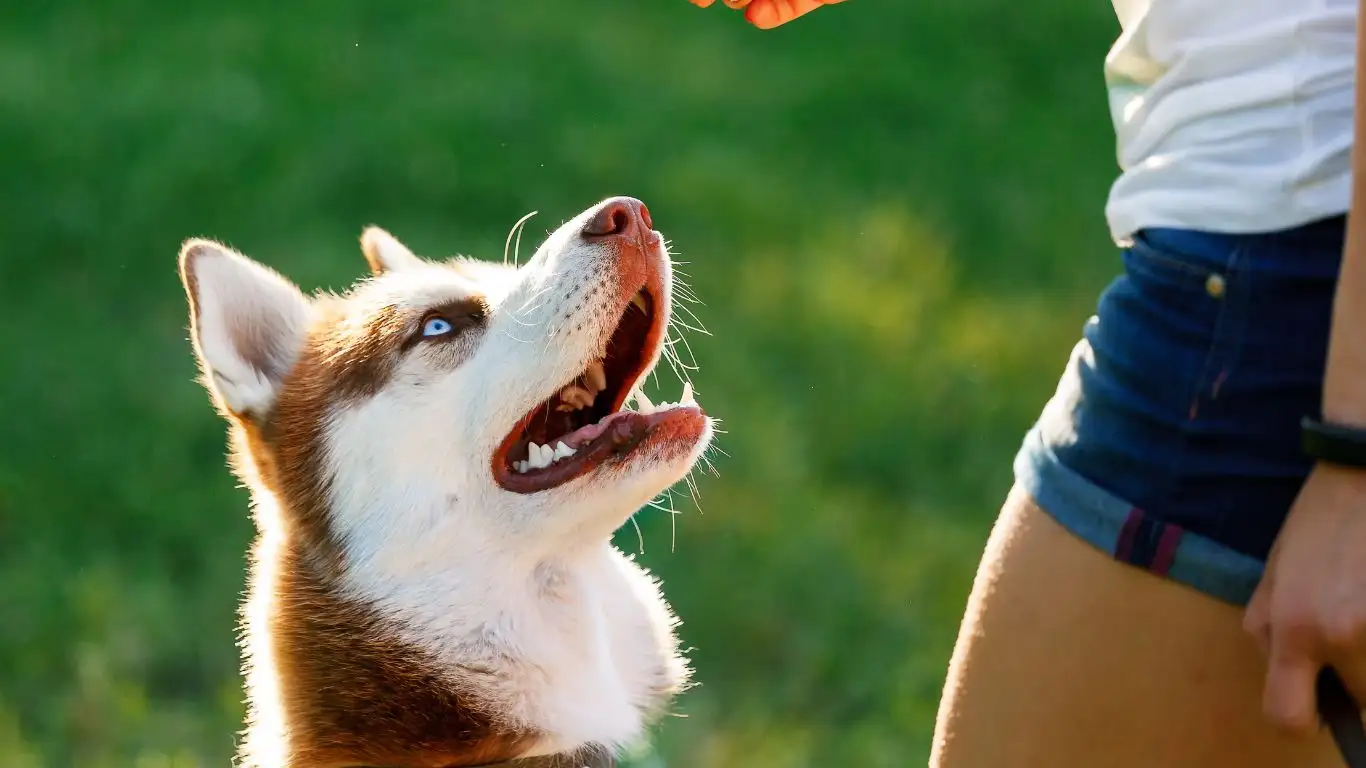
Building Consistency: Practicing the Release Command in Different Situations
Now that you’ve introduced the release command and your dog has started to understand the basic concept, it’s time to challenge them by practicing the command in different situations. Dogs learn best when they can apply their training in a variety of contexts. This not only reinforces the behavior but also strengthens your bond with your dog as they begin to trust you in a wide range of circumstances.
Start by changing the environment where you practice. If you’ve been training inside the house, try moving outside to a quieter yard or park. The goal is to teach your dog that the release command applies no matter where they are. Begin with calm, controlled areas and gradually work your way up to environments with more distractions, like busy streets or dog-friendly events. Each new setting will help your dog generalize the command.
It’s also a good idea to practice the release command in various activities. For example, once your dog has mastered it during “sit” and “stay,” try it with activities like fetching, walking on a leash, or when they’re chewing on a toy. By incorporating the release command into everyday actions, your dog will begin to understand that the release cue applies no matter what they’re doing.
Using the Release Command in Real-Life Scenarios
Now let’s take the release command to the next level. This is where you can start using the skill in real-life situations, and you’ll begin to see just how much it can help with everyday behavior management.
Release Command During Walks
If you’ve ever walked your dog, you know how they can sometimes get overly excited and pull on the leash. Training your dog to understand the release command during walks can help manage this excitement and keep things more relaxed. For example, you can ask your dog to “sit” and wait at a street corner, and then use the release command when it’s safe to cross the road or continue walking. By using the release command, you help your dog understand that they must stay in a calm, controlled position until you give them permission to move forward.
Release Command in Therapy and Service Work
As a Canine-Assisted Therapy Trainer, I’ve seen how the release command is an essential skill in therapy dog work. Many therapy dogs are asked to hold still for long periods, whether it’s sitting with a patient or staying in one spot during a session. The release command helps these dogs understand when their role is done, which allows them to relax and shift their attention when appropriate. Without a clear release command, a dog might stay in a stressful position longer than needed, which can create discomfort for both the dog and the person they are assisting.
For service dogs, the release command is just as crucial. Service dogs often perform specific tasks like retrieving items, opening doors, or providing assistance in public places. The release command signals to the dog when the task is finished, allowing them to transition seamlessly into the next action. This is especially important in service dog training because the dog needs to be able to switch between tasks without confusion.
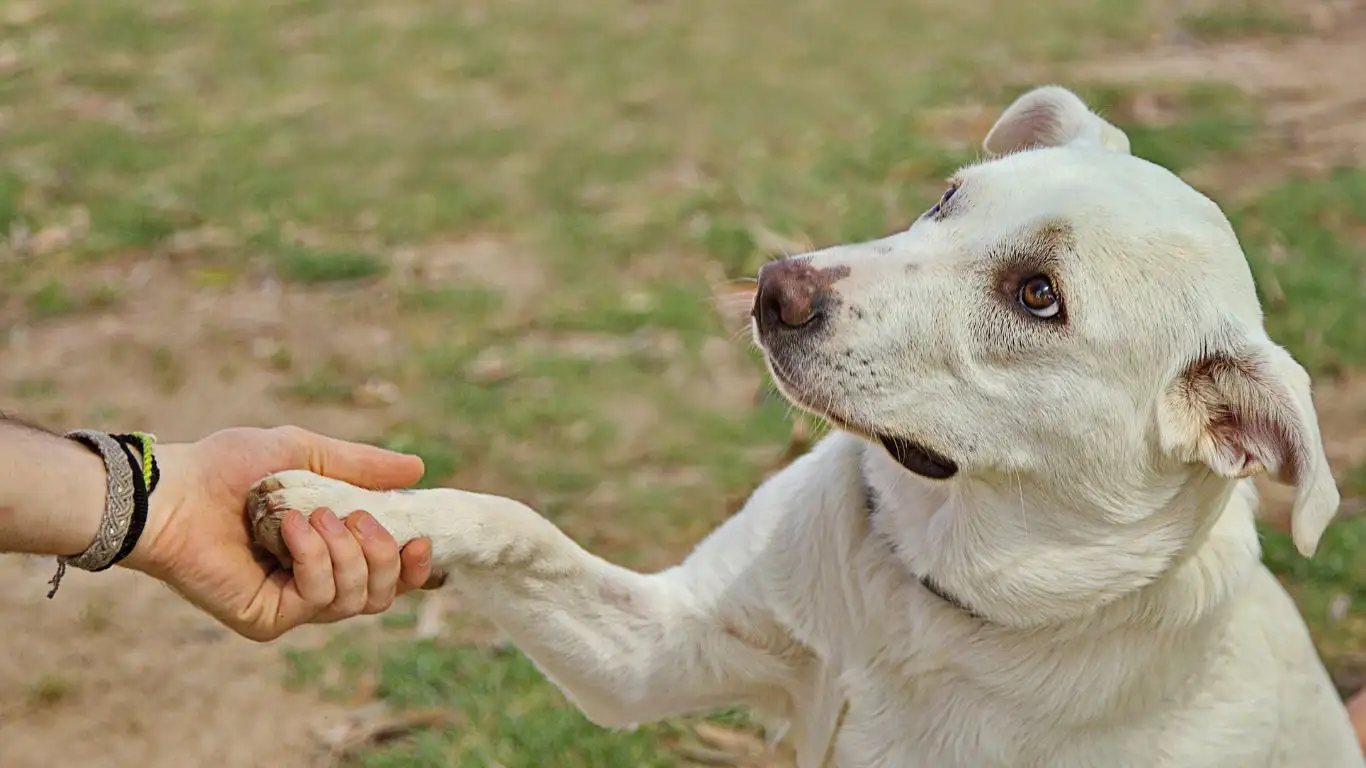
Overcoming Challenges with the Release Command
Training your dog to recognize a release command isn’t always a smooth process, and there may be moments when things don’t go as planned. But don’t worry—every dog is different, and there are a few common challenges you might face, along with some simple ways to overcome them.
Distractions and Lack of Focus
One common issue is that dogs sometimes struggle to focus on the task at hand, especially if they’re distracted by something in their environment. This is where consistency becomes crucial. Start with shorter training sessions and gradually increase the difficulty by adding mild distractions. If your dog becomes too distracted during training, take a break, and return to a more controlled environment to rebuild focus. Over time, your dog will learn to tune out distractions and respond to your commands even in busier situations.
Inconsistency in the Release Command
Inconsistent use of the release command can confuse your dog and hinder their learning. For instance, if you give the release command but don’t follow through with the reward or the action you’re signaling, your dog might not fully understand what’s expected of them. Always be clear and consistent in how you use the release command, and make sure to reinforce it with praise or treats each time. Consistency is the key to solidifying any command in your dog’s mind.
Using Too Many Commands
Sometimes, in an attempt to reinforce the release command, owners can start overloading their dogs with too many words or cues. Keep it simple. Too many verbal commands in succession can confuse your dog, and instead of being helpful, they might just tune out. Stick to your main release command, and make sure that your dog understands it means “you’re free to go.” Keep other commands separate and clear to avoid overwhelming your dog with information.
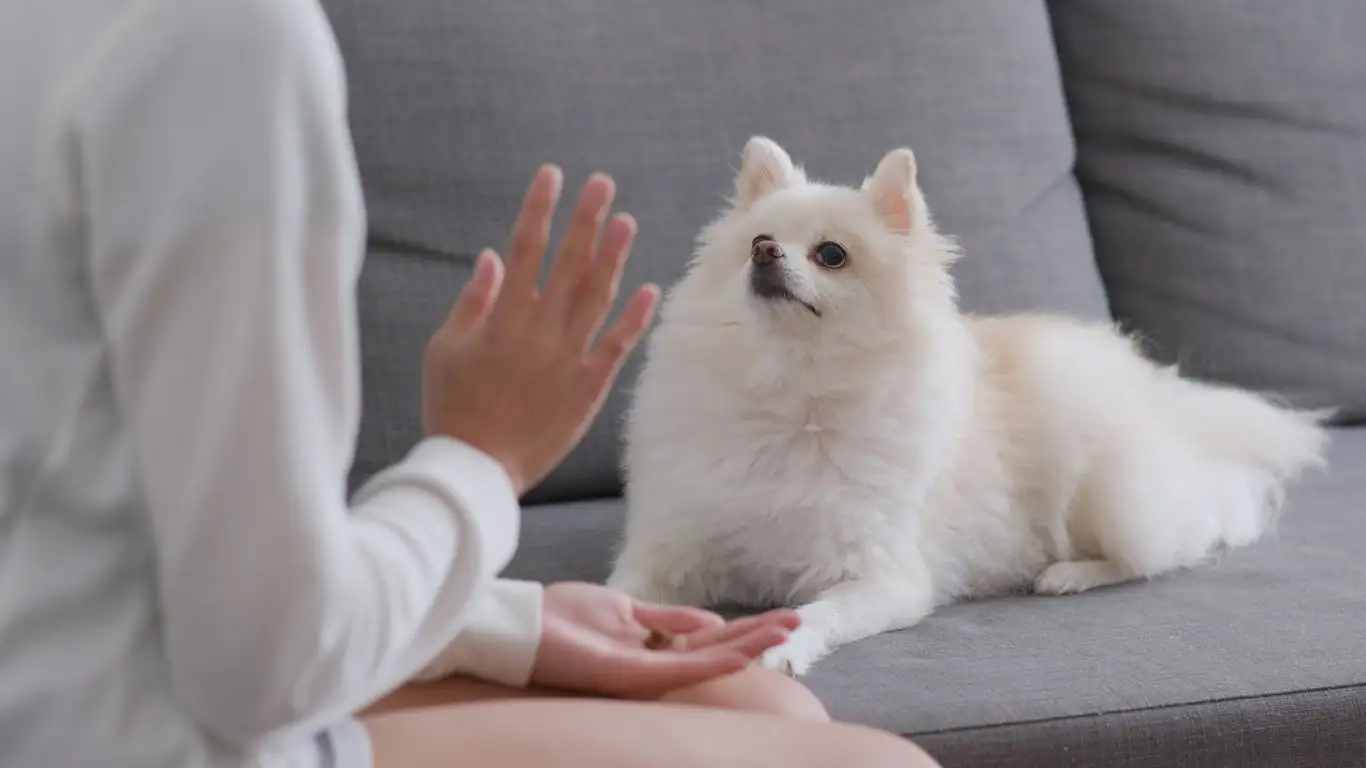
Why Patience and Repetition Matter
Patience is one of the most important aspects of training a dog to recognize a release command. Just like people, dogs have their own learning speeds, and some dogs may take longer than others to fully grasp a new behavior. It’s essential not to rush the process. The more consistently and calmly you practice, the faster your dog will pick up on the cues and expectations.
Repetition is equally important. Repeating the process with variations—different environments, situations, and distractions—helps your dog generalize the command and apply it in various real-life situations. The key here is to ensure that every time you practice, you’re reinforcing the idea that the release command means the same thing, no matter what’s going on around them.
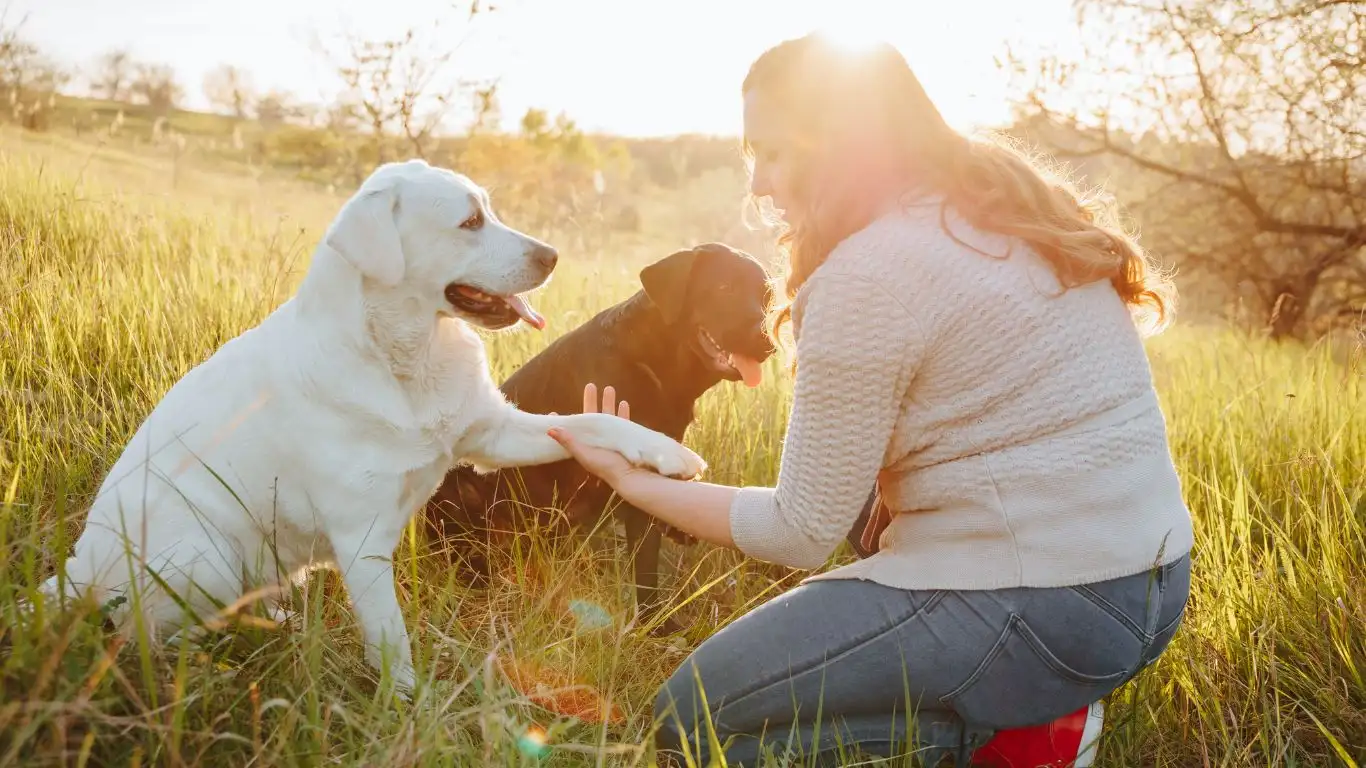
Expanding the Release Command: Advanced Techniques and Variations
Once your dog has a solid understanding of the release command in controlled environments, it’s time to take things up a notch. Expanding the release command to more complex situations and adding variations can deepen your dog’s comprehension and improve their response. Training should always be progressive, which is why it’s important to continuously introduce new challenges that keep your dog engaged while reinforcing the foundation you’ve already built.
One effective way to make the release command more dynamic is by incorporating duration. Instead of simply asking your dog to hold a position for a few seconds, gradually increase the time they need to stay in place. By doing this, you not only build their patience but also increase their ability to stay focused and controlled until you give the release command. This helps create an even more reliable release cue in both calm and high-energy environments.
Adding Distance to the Release Command
Another great way to enhance the release command is by adding distance. Start by having your dog hold a “stay” or “sit” command while you step a few feet away. Then, when you give the release command, your dog will need to understand that the cue applies even when you’re farther away. This helps build their responsiveness and their ability to follow commands from a distance, which is especially helpful in situations where you’re not standing directly next to them.
As you increase the distance, be sure to reward your dog immediately after the release command is followed. This reinforces the connection between the command and the reward, solidifying the behavior even further. Over time, you can add more complex tasks or behaviors for your dog to perform while you move further away, all while using the release command as a tool to signal when to stop or transition.
Using the Release Command in High-Distraction Environments
One of the biggest challenges for any dog trainer is working with high-distraction environments. Whether it’s a busy park, a crowded street, or a family gathering, dogs tend to get distracted by the people, smells, and sounds around them. This is when the real power of the release command comes into play. When your dog can follow the release command despite distractions, it shows that they truly understand the cue and are able to focus on you no matter the surroundings.
To train your dog in these environments, start by gradually exposing them to distractions. Begin in a quiet, controlled setting with minimal distractions, then slowly introduce more stimulating surroundings. For example, once your dog has mastered the release command indoors, practice it in your backyard, then move to a less busy park. As your dog becomes more confident in their ability to follow the command despite distractions, you can slowly increase the difficulty by practicing in busier public spaces.
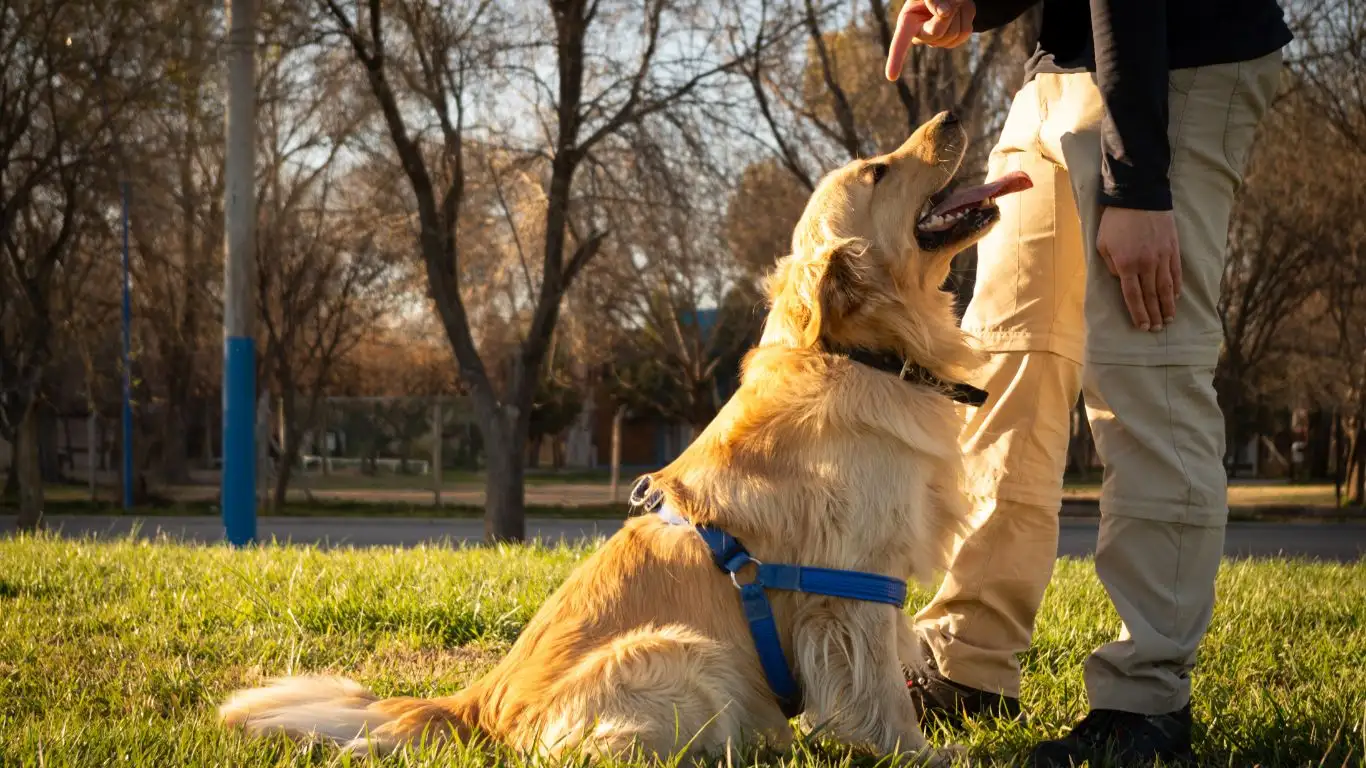
The Importance of Positive Reinforcement in Advanced Training
Throughout the process of training your dog to recognize the release command in different settings and situations, it’s crucial to continue using positive reinforcement. This method of training encourages dogs to repeat desired behaviors because they are motivated by the rewards they receive.
Positive reinforcement isn’t just about treats. You can reward your dog with verbal praise, petting, or even playtime—whatever motivates your dog the most. The key is to make sure that the reward is timely, meaning it comes immediately after the dog performs the desired behavior. This helps your dog connect the dots between the release command and the positive outcome that follows.
Over time, you may find that your dog no longer needs a treat every time they follow the release command, as they’ve learned to enjoy the process and the reward of your praise or continued play. But in the early stages, it’s important to keep rewarding them regularly, especially in new environments or situations where the release command is more challenging.
When to Seek Professional Help
While most dog owners can successfully train their dogs to recognize a release command, there are situations where seeking professional help may be necessary. If you’re struggling with consistency, your dog’s response to the release command isn’t improving, or if you face challenges that you just can’t seem to overcome, it might be a good idea to reach out to a professional dog trainer. As someone with years of experience in Canine-Assisted Therapy training, I know that sometimes a fresh perspective can make all the difference.
A professional trainer can help you identify areas where your training methods may need adjustment or can provide additional techniques to improve your results. They can also offer insight into your dog’s behavior and give you the tools to troubleshoot any roadblocks. Remember, every dog is unique, and some may require more time or a different approach to fully grasp the release command.
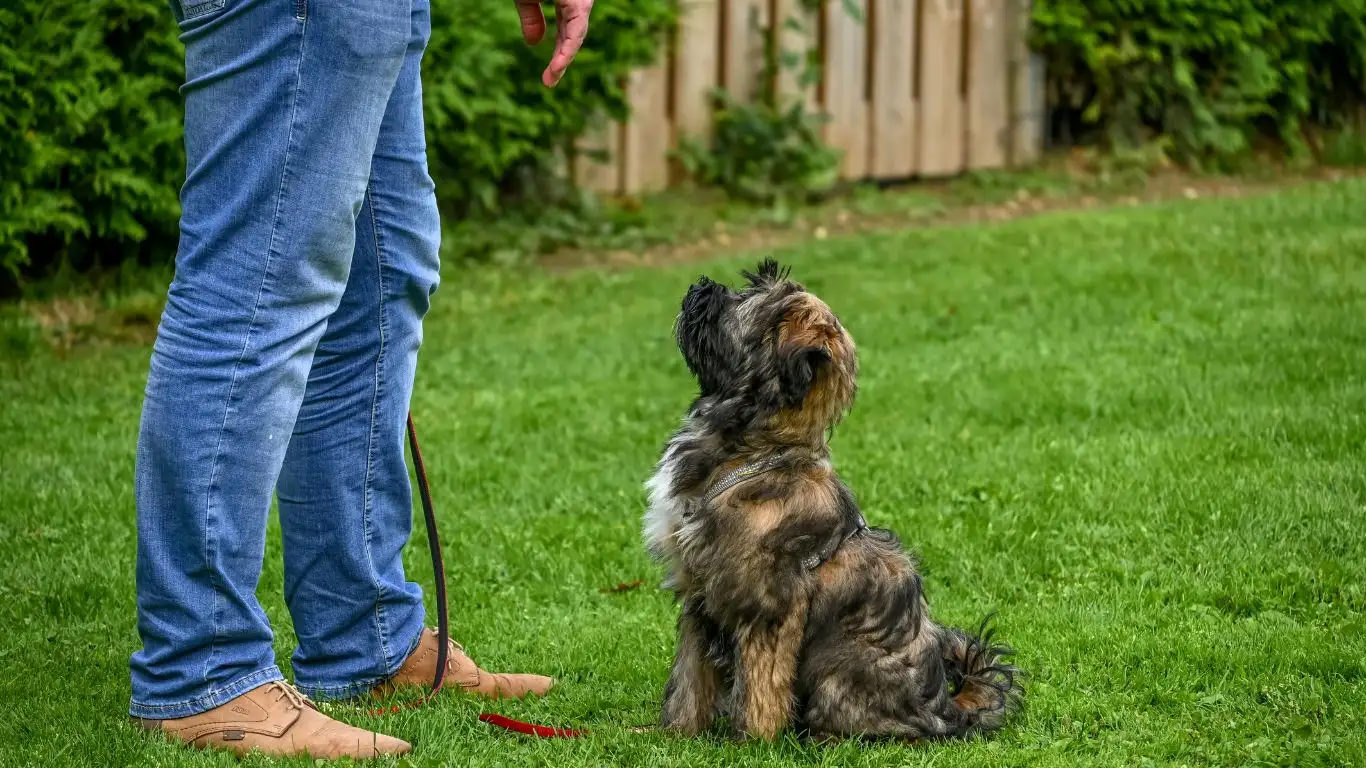
References
- American Kennel Club – Comprehensive guides and tips on dog training and behavior.
- PetMD – Useful articles and advice on pet care and training techniques.
- Cesar’s Way – Professional dog trainer Cesar Millan’s advice and tips on dog behavior and training.
Disclaimer
The information provided in this article is intended for general informational purposes only. Every dog is different, and the training methods discussed here may not be suitable for all dogs. If you are unsure whether these techniques are appropriate for your dog, or if your dog has behavioral issues that are difficult to address, it’s always best to consult a professional dog trainer or behaviorist. Always prioritize the safety and well-being of your dog, and remember that training should be a positive experience for both you and your furry friend.
